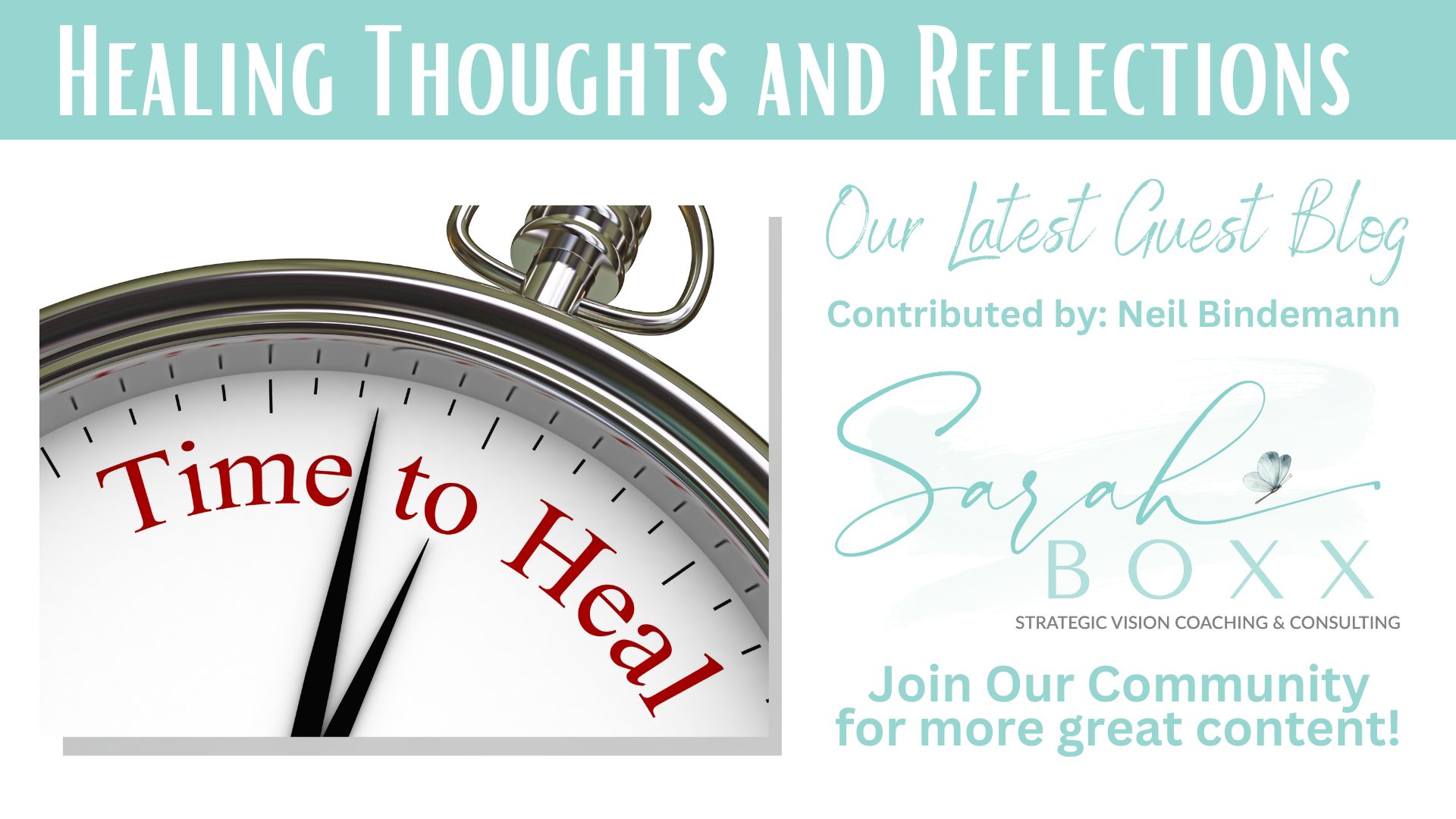Sound is a powerful force that can have a profound effect on our mental and emotional state.
In some cases, different sounds can create feelings of anxiety or stress. Think of things like hearing nails grinding on a chalkboard or the sound of a mosquito buzzing. (Did you shiver a bit just thinking about it? I sure did.)
Other sounds can elicit a fear response, especially common for those experiencing post-traumatic stress. This could be something like a car backfiring or the sound of glass breaking.
Not all sounds are negative!
While sound can be used to provoke stress, it can also be a powerful tool for rest, meditation, and healing.
According to Dr. Marylynn Wei, “sound healing has ancient roots in cultures all over the world.” From the Australian aboriginal tribes to the Tibetan monks, people have been using the power of sound as a practice for healing and rest for most of human history.
Although sound healing was a staple in ancient medicine, today’s medical researchers are also beginning to unpack the restorative power of sound!
One study took a good look at the neurochemistry of music. Researchers found that listening to an hour-long sound meditation can help you reduce tension, anxiety, depression, and fatigue. In other words, music and sound can be an excellent resource and tool for promoting emotional and mental health.
Sound healing can be used and implemented in a variety of different ways. Here are a few popular examples:
- Sound-based vibration treatment
This powerful therapy involves placing therapeutic singing bowls on the body. Each bowl would be a different size and shape, therefore also producing vibrations with differing tones and frequencies.The relaxing sounds and vibrations created by these bowls are meant to open the body’s energy flow and redirect it back into proper alignment. Sound vibration therapy has been used to treat many chronic pain conditions, such as fibromyalgia, arthritis, menstrual pain, and muscle pain.Participants in sound vibrations therapy have also experienced better sleep, increased focus and creativity, and reduced stress levels.
- ASMR
You may be familiar with this practice after it became a viral YouTube trend involving people whispering or magnifying typically quiet, crisp sounds (ex: crinkling aluminum foil, eating chips, etc.)
ASMR is more than a YouTube trend, however. It stands for autonomous sensory meridian response and refers to the tingling sensation some people experience when they hear these specific sounds.Research has shown that listening to ASMR sounds or watching ASMR videos can have many positive health benefits, including:
- Slowing your heart rate
- Reducing stress levels
- Improving sleep quality
If you’re interested in giving ASMR a try, head to YouTube for a video or try one the many ASMR apps.
- Music therapy
Music therapy can take on many forms. In a clinical setting, a therapist may choose certain genres or songs to help meet the client’s current needs.It can be used to distract from anxiety-inducing stimuli, to soothe physical pain (this is why “birth playlists” are helpful for women in labor), or to guide in the processing of memories.You don’t have to see a trained music therapist, however, to experience calming power of music. All you need is a set of headphones and a good Spotify playlist. If you’re in need of a mid-day mental break, put on your favorite calming music and go for a walk.
- Audio meditations
Aside from calming the mind and relaxing the body, listening to guided audio meditations has been shown to have numerous health benefits! These include:
- Improving irritable bowel syndrome symptoms
- Reducing blood pressure
- Treating or reducing insomnia
- Improving overall sleep qualityAudio meditations are an easy habit to incorporate into any schedule. They don’t require much time and there are countless apps available packed with powerful meditations to support your restoration journey.
As we continue our month-long goal of adding more REST into our lives, I invite to experiment with the healing benefits of sound. Choose one of these practices and give it a try each day for a week! Drop a comment below and let me know about your experience.
Did you find this content helpful? Click HERE to join our community where you’ll stay up to date on all of the latest content, designed to help you live a more full and balanced life.
RESOURCES:
https://www.psychologytoday.com/us/blog/urban-survival/201907/the-healing-power-sound-meditation
https://pubmed.ncbi.nlm.nih.gov/23541122/
Article was contributed by: Maria Lees, Team Writer with Sarah Boxx




